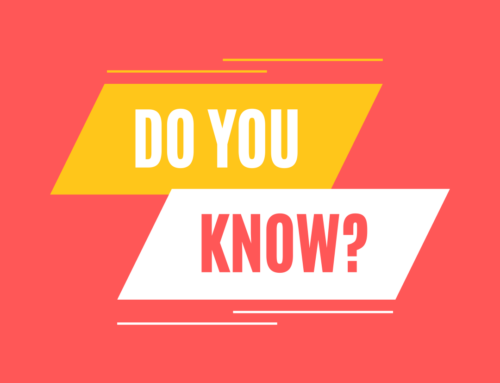The following is an approximate transcript of the above video.
I’d like to give you a hand model that was basically developed by a man named Daniel Siegel. He’s a neuropsychologist out of UCLA. Your hands in many ways represent your brain or can be used that way. When I say that a person has an unregulated, unintegrated brain, it’s actually a physical thing, and the fastest way to teach it to students is to have them use their hand. So if you think of your hand as part of your brain, what the research says is if you put your two hands together like this, this is actually the size of your brain. Now, that’s not real comforting, okay? And some people are bigger and have bigger hands, etc., but your brain basically is about three pounds, and it has a consistency of soft butter.
If you think about your brain as a hand, the back of the hand would be your brainstem. This is your involuntary and your motivational systems—sleeping, breathing, eating, sex—all your motivational systems, all your involuntary systems. It’s kind of like the Bee Gees song—“stayin’ alive, stayin’ alive”—that’s what your brainstem does, and that’s where you make cortisol.
The inside of your wrist is your spine. Your thumb now is your amygdala, and your amygdala is really the emotional center of your brain. Your amygdala is structured by the time you’re three years old, and it’s structured before you have language. So one of the things that happens is you learn things that get embedded there that you act on even though you don’t know you have them. Have you ever done something, and after you did it, you thought, Oh no, that’s my mother again, that’s my father? Well, that was your amygdala. Your amygdala gets developed in this way.
When you are an infant, you are basically deciding. You have so many stimuli coming you at once. Is it safe or is it dangerous? Because the basis of all emotional wellbeing is safety and belonging, you want to know, Is this environment safe? Is this person safe? Do I belong? Do I like it? You smell the milk, the bottle, you like it, you move toward it, and emotions are pretty simple. You’re either moving toward something, or you’re moving away from it. If you’re attacking it, you want it to move away from you. And so everything is, Do I like it? Do I want to move closer to it? Do I not like it? Do I want to move away? And based upon that, then it becomes a huge basis for your emotional processing. In other words, Is this something I like? Yes. No. And we then assign emotions to it.
The top of your fingers and your palm is your cortex, and it’s your skull. It’s the part of your brain that covers your brain. It’s the skull and it’s hard. That’s where your thoughts are. So when you think about something, you have a representation, and you go to that level of the brain. The middle finger and ring finger are the prefrontal cortex, which is right here in the front of your brain, and it is your regulator. It regulates your brain. So when you’re driving down the highway and you don’t like how someone’s driving and you’re thinking, Hey, I’d like to help them off the road, the reason you don’t is because your prefrontal cortex kicks in and says things to you like, I don’t want to live in jail, not today, etc. It’s a regulator. When your brain is integrated and regulated, your emotional self talks to the brainstem, and it talks to the cortex.
Surrounding this, your thumb is something called the hippocampus, and it’s the broader emotional frame you operate in. It is literally the story you tell about yourself and your life. Well, what happens when your brain is integrated? Your thumb, your hippocampus is talking to your brainstem. It’s talking to your cortex. When it’s regulated, it means that your prefrontal cortex is controlling your reaction.
When your brain is not regulated and not integrated, then you have an in-your-face explosion. And one of the things that’s really critical to remember is that when that happens in your classroom or with your own child or another adult, if you interpret it as disrespect, that would be a mistake. It’s actually an indicator that you are dealing with an unregulated, unintegrated brain. And then you have to ask yourself, What do I do with that? If you go back at the person with an explosion after they’ve had an explosion, then basically what you have are two unregulated, unintegrated brains in the room. It’s not beneficial for anyone. If you’d like to read more about it, you should read the book Mindsight by Daniel Siegel.








